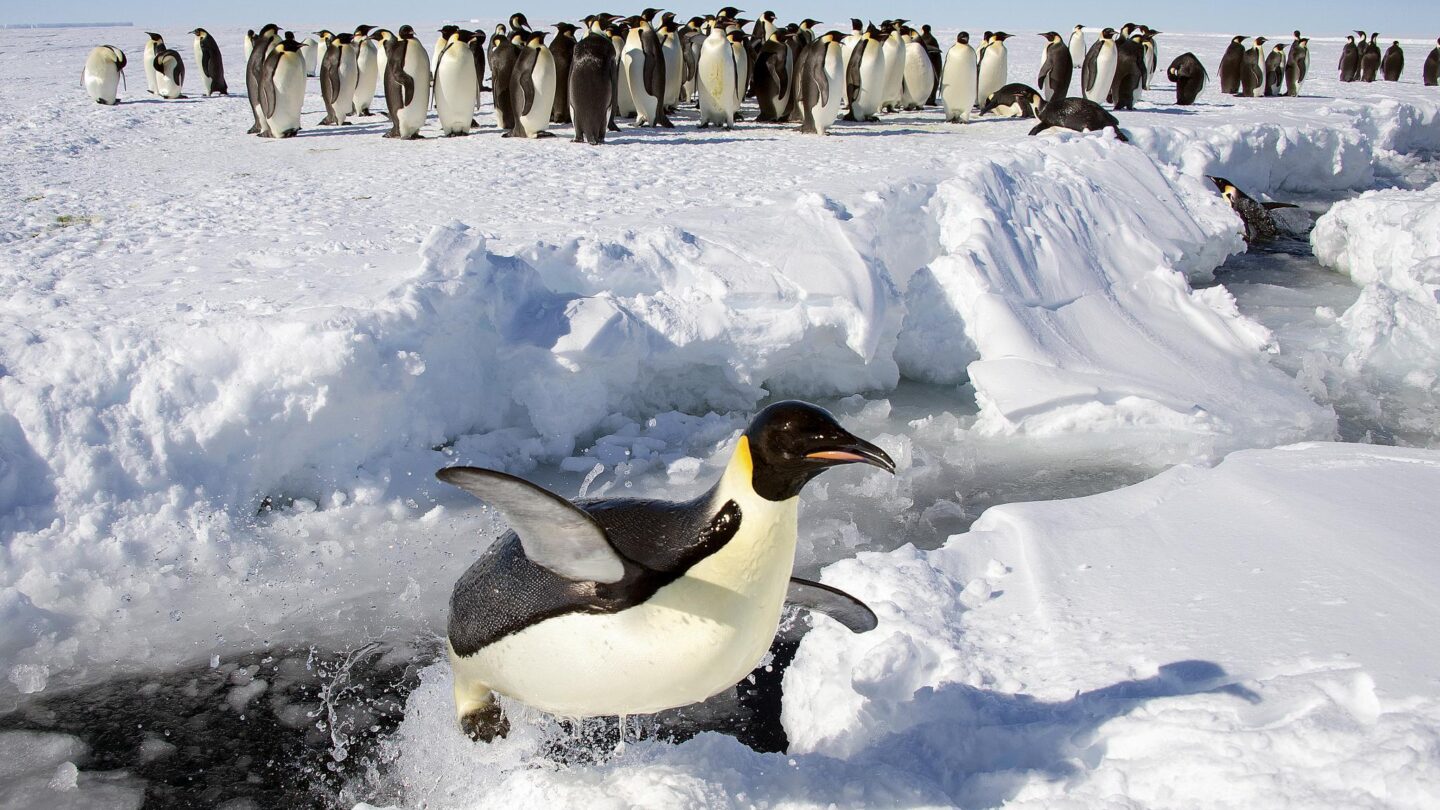The emperor penguin population of Antarctica is in significant danger due to diminishing sea ice levels and is being granted endangered species protections, U.S. wildlife authorities announced Tuesday.
The U.S. Fish and Wildlife Service said it has finalized protections for the flightless seabird under the Endangered Species Act (ESA), listing the penguins as a threatened species.
“This listing reflects the growing extinction crisis and highlights the importance of the ESA and efforts to conserve species before population declines become irreversible,” Service Director Martha Williams said in a statement. “Climate change is having a profound impact on species around the world and addressing it is a priority for the Administration. The listing of the emperor penguin serves as an alarm bell but also a call to action.”
There are as many as 650,000 emperor penguins now in Antarctica. That could shrink by 26% to 47% by 2050, according to estimates cited by wildlife officials. A study last year predicted that, under current trends, nearly all emperor penguin colonies would become “quasi-extinct” by 2100.
The International Union for Conservation of Nature lists the penguins as “near threatened” on its Red List of Threatened Species.

9(MDAxODM0MDY4MDEyMTY4NDA3MzI3YjkzMw004))








